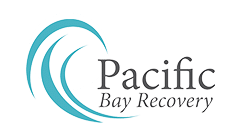There is a difference between drug addiction and dependence that is important to understand. Although some use these words interchangeably, the preferred term is now “Substance use disorder”.
Drug dependence often alludes to the physical dependence on a substance and is characterized by the symptoms of tolerance and withdrawal. It typically precedes addiction.
Addiction is characterized by a change in behavior caused by the biochemical changes in the brain after substance abuse has continued over a period of time. The addict develops full dependence on the substance and craves for it and seeks it at all costs, with no regard to the harm it causes to themselves or others. It is highlighted by irrational drug-seeking behavior.
Mental dependence is when a person desires a substance in response to an event or feeling, which are known as “triggers.” Triggers can be set off by another person, events, experiences, etc.
Addiction becomes evident when both, mental and physical dependence is present.
Drug abuse is considered to be the early stage of drug dependence. When the abuse becomes more frequent, the likelihood of developing a dependence disorder gets greater.
It is important to differentiate between addiction and substance dependence. Dependence may be present without addiction, but it frequently leads to addiction.
We employ an alternative approach to pain management with a goal in mind to keep patients away from drugs that they can develop dependence for. Opioids, antianxiety meds, and stimulants all have addiction potential. They develop tolerance towards it, which means that when people use it, they need more of it to have the same desired effect. This leads to higher or more frequent dosing (abuse). That eventually leads to dependence and then addiction.
In order to prevent this cascade of events, we try to employ alternative methods for pain relief – such as herbal supplements, nonsedating meds with no addiction potential, and nonpharmacologic activities, including acupuncture, meditation, yoga, etc. While they may be less strong pain-relieving methods as compared to opioids, they can be extremely effective. For severe, uncontrolled pain, you would require strong painkillers but a wide range of patients can achieve effective and lasting pain relief from these options. The key benefit of these is the fact that they have no addiction potential, and in most cases, promote a healthy lifestyle.
It is important to remember that the key tenet of medicine is – first do no harm. While necessary in some cases, opioids and other anxiolytics and sedatives have a high risk of dependence leading to addiction, which can even be life-threatening. We explore all healthy alternatives to them as much as possible to avoid these problems and heal the patients at the same time. We deeply care about the wellbeing of our patients and strive to improve their life experience as much as possible.

